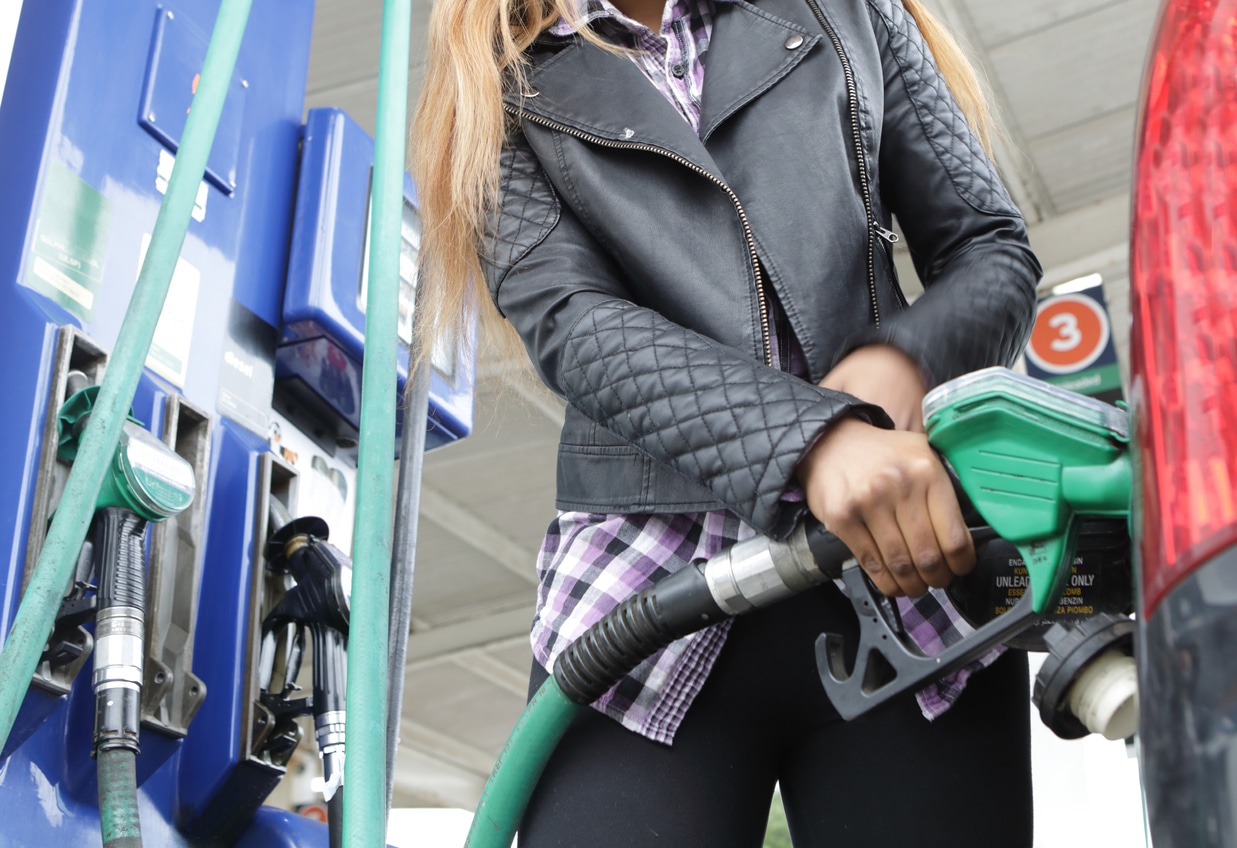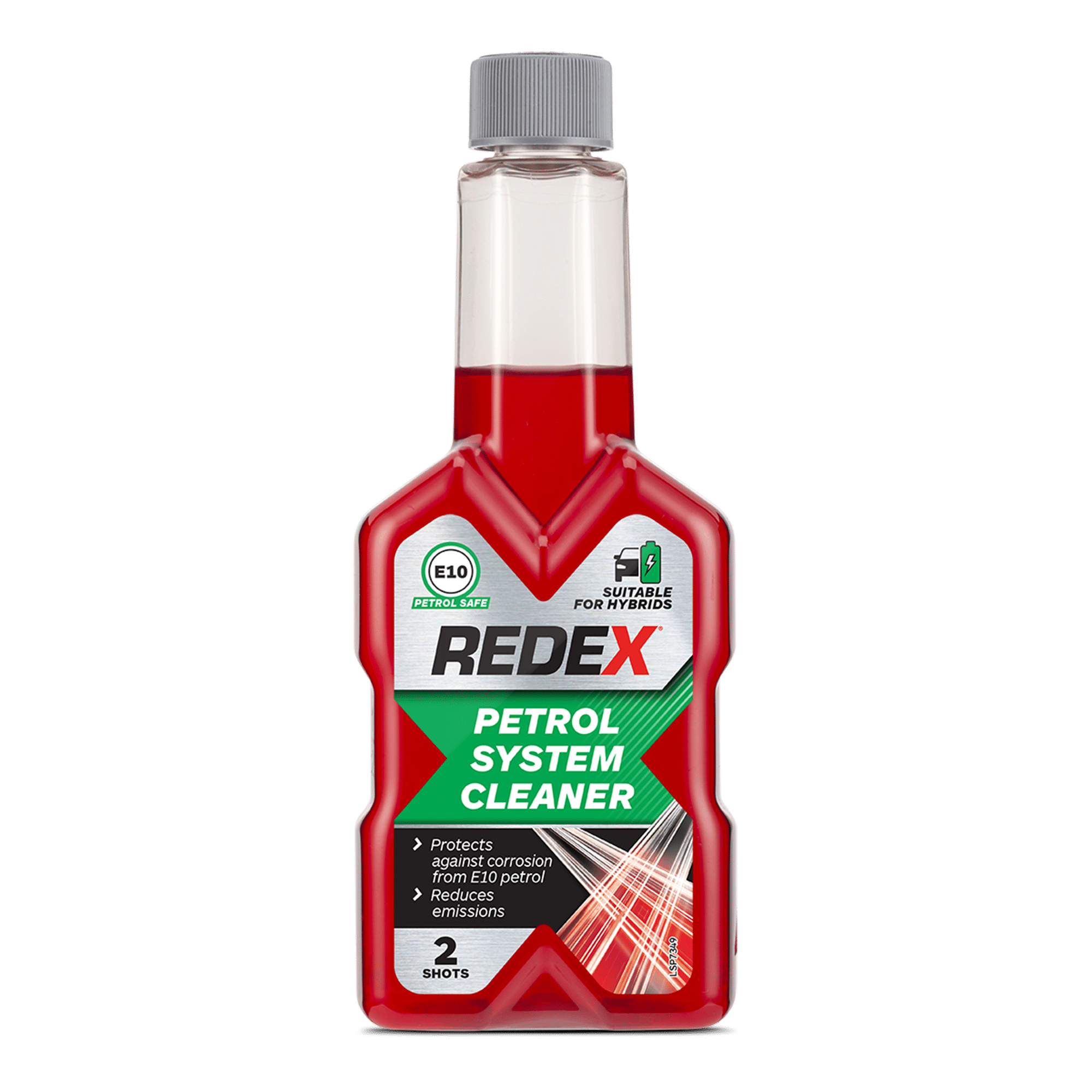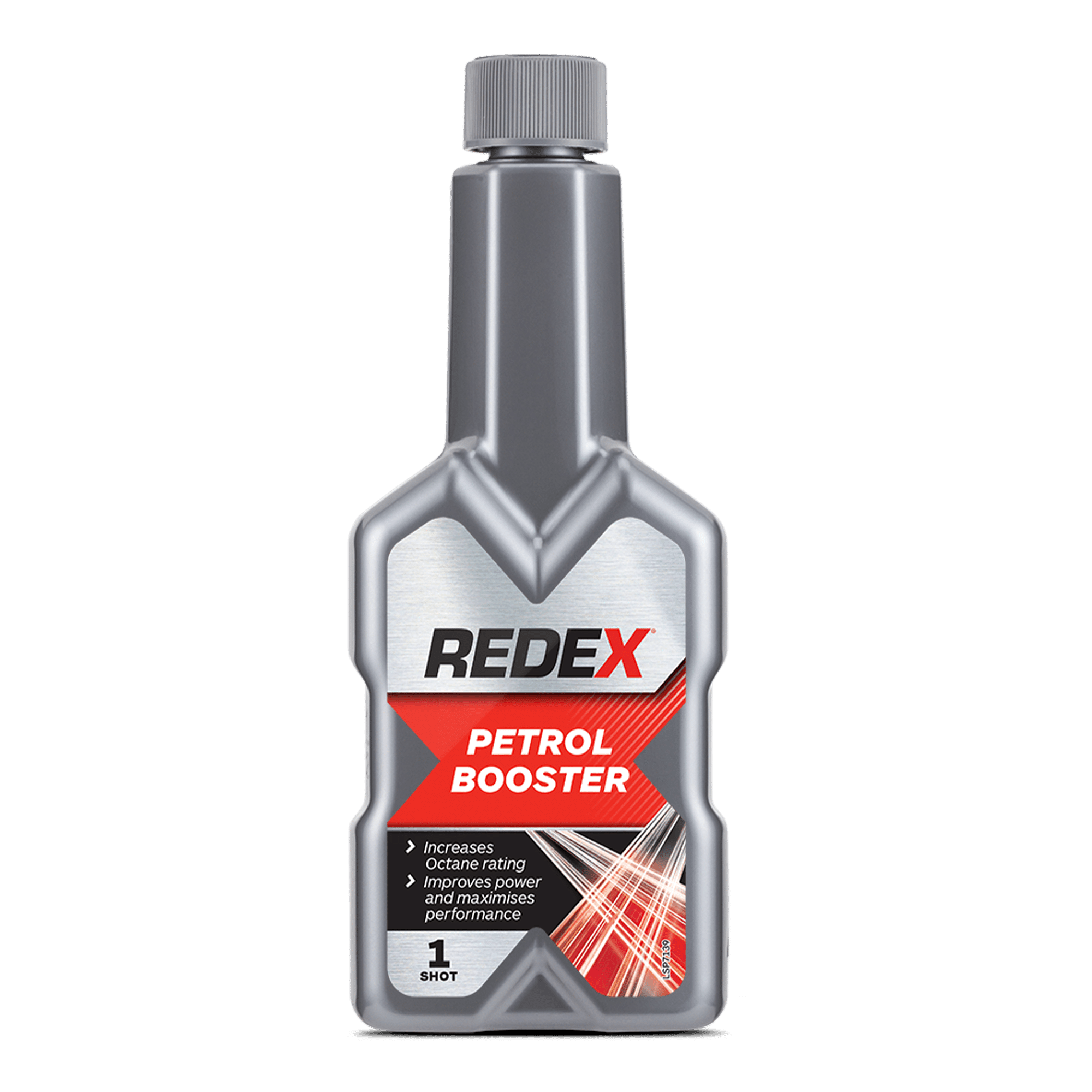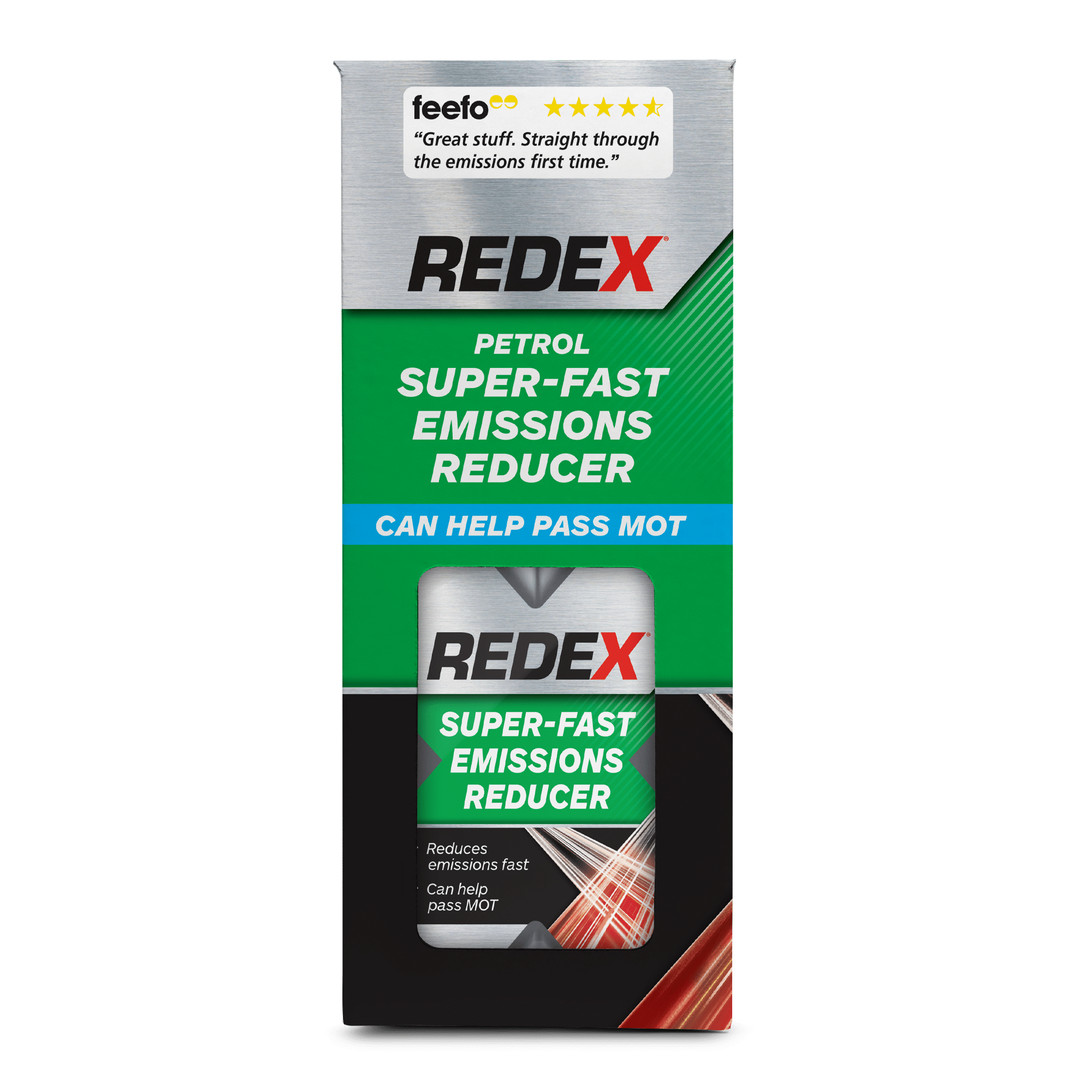E10 petrol became the standard grade of petrol in 2021. But what is it? What’s different about it? And how does it affect your car? Find out everything you need to know about E10 petrol here.
What is E10 petrol?
E10 is a type of petrol that replaced E5 as the standard unleaded petrol at UK fuel stations. It is clearly marked as E10 on the fuel pump, so you can’t put it in your car accidentally. E5 is typically marketed as “high-octane” or performance fuel, but will also have E5 on clearly labelled.
It contains more ethanol and less fossil fuel than E5, so the government hopes it will go some way towards reducing carbon emissions.
In case you were wondering, the “10” is a percentage, so the new fuel contains 10% ethanol as opposed to 5% in the old one.
Ethanol is a type of biofuel that’s made from feedstocks like wheat and sugar beet, so adding it to petrol helps make it more eco-friendly.
How eco-friendly is E10 petrol?
According to the Department for Transport, the introduction of E10 is equivalent to taking 350,000 cars off the road. That’s a significant sum that represents a major step toward the government meeting its carbon reduction goals.
The UK wasn’t the guinea pig when it comes to E10 petrol. The fuel was already in use in some European countries, such as Germany and Belgium, where it helped to reduce emissions for petrol vehicles across both locations. Brazil has taken things one step further, too, with a 100% ethanol-based fuel that it’s had in circulation since the 1980s!
Will E10 work in my car?
Now we’ve cleared up what E10 is, it’s time to answer the question on every motorist’s mind: does it work in my car?
Well, we’re pleased to say that in most cases, it will. Provided you drive a petrol car that was made after 2011, E10 will be safe to use.
In fact, of the 18.7 million petrol cars on UK roads, the RAC estimates that only around 3% won’t work with E10 (equivalent to 600,000 vehicles). That means most drivers can use standard unleaded as they normally would.
But what if you’re in the 3%? Here, E10 becomes more of an issue. Older cars aren’t designed to work with “future fuels” like ethanol, so using E10 could damage your engine.
There is a way around this, but it’s not ideal. People who drive cars made before 2011 are encouraged to swap to super-unleaded petrol at the pumps – an advanced type of petrol that costs an average of up to 12p more per litre.
It’s worth noting, however, that even if you do use E10 in an incompatible car, it will still run. But over time, you run the risk of doing damage to fragile plastics, metals, and rubber seals, so it’s probably worth biting the bullet and switching to super-unleaded instead.
If you aren’t convinced your car will work with E10, the government has handily set up a website where you can check your car’s compatibility.
Just input your manufacturer to see a full list of models that aren’t compatible with E10.
Is E10 as good as E5?
Aside from the well-publicised environmental benefits of E10, how does the fuel perform? And does it offer the same fuel economy and performance as the outgoing version?
In general, for most drivers, E10 doesn’t cause much impact, and could in fact save them money. E10 is cheaper than E5, as E5 became premium unleaded, and E10 is the same price as standard unleaded petrol. The UK government states a 1% reduction in fuel economy using E10 vs E5, so the change to E10 for most drivers isn’t very noticeable, and there should only be a big impact for drivers of older cars.

So, with E10 now the standard grade, there’s never been a better time to start using Redex to maintain engine health so you’re getting the most from every drop of fuel you put in the tank.
Does E10 petrol affect your car’s engine?
In short, E10 petrol can, over time, cause damage to your engine through corrosion, particularly in cars produced before 2011, when cars didn’t need to be compliant with E10.
This happens because E10 contains more ethanol than E5 petrol, and because ethanol binds moisture, this can increase the amount of water and therefore corrosion in your engine.
Using Redex Petrol System Cleaner in every tank of petrol can help to reduce corrosion caused by using E10 petrol. It contains an additive that has been specially formulated for this specific reason. Use it alongside Redex Petrol Power Booster to give a bit more oomph to your petrol engine.
Will E5 be phased out?
The UK is likely to phase out E5 petrol as part of its initiatives to lower carbon emissions. Despite this move, E5 petrol, is still offered, primarily for older vehicles that cannot use E10. E5 is also sold as premium fuel, allowing high-performance vehicles to make use of the increased combustibility of E5 fuel.
Although newer vehicles can use E10 without any problems, many older models still need E5. The government intends to maintain the availability of E5 as a ‘protection grade’ fuel for these older cars. However, with an increasing number of vehicles becoming compatible with E10 and the environmental advantages becoming more evident, E5 petrol is anticipated to be gradually discontinued in favour of more sustainable options.
Can you mix E5 & E10 petrol?
Mixing E5 and E10 petrol is usually okay. E5 has up to 5% ethanol, and E10 has up to 10%. When you combine them, you get a mix with an ethanol content between 5% and 10%. Most modern engines can handle this blend.
However, it’s best to check your vehicle’s manual or ask the manufacturer to make sure your engine is compatible, especially if it’s an older model. Generally, using a mix of these fuels won’t cause any issues for most vehicles. You can also use the Government’s website to check whether your vehicle is E10 compatible.
What happens if you put E10 in an incompatible car?
Using E10 petrol (which contains 10% ethanol) in a car that isn’t designed for it can lead to several problems. Ethanol can corrode parts of the fuel system not built to handle it, causing leaks or failures. It can also dislodge deposits, which can clog filters and injectors.
Older engines may have trouble starting and might not run well due to improper combustion. Over time, this can harm the engine, fuel lines, and seals, leading to expensive repairs. Always check your vehicle’s manual or ask the manufacturer to make sure your car can use E10 petrol.
What can I do if my car isn’t compatible with E10?
Redex Petrol System Cleaner has been re-developed to provide an additional layer of protection to prevent corrosion from the increased ethanol content found in E10 Petrol.
This means with the addition of 1 shot of Redex Petrol System Cleaner in each tank, any vehicles manufactured before 2011 can still use E10 Petrol safely.
Redex Petrol System Cleaner is compatible with both E10 & E5 Petrol and is suitable for Hybrids.
For those new to Redex fuel additives, our extensive range of petrol system cleaners includes our Standard System Cleaner, Advanced Fuel System Cleaner, Petrol Power Booster, and Petrol Emissions Reducer. Using a combination of all or some of these products can improve engine health and performance, and all our additives are safe to use with E10 petrol.
We hope this guide has shed some light on what E10 is and how it could affect your day-to-day driving. For more guides and features, head to the Redex blog, or visit the homepage to learn more about our wide range of fuel additives and system cleaners.





